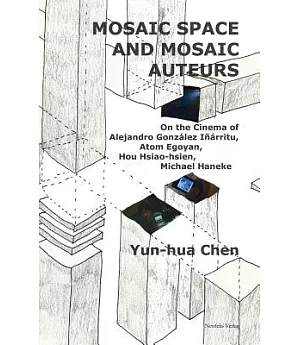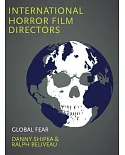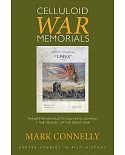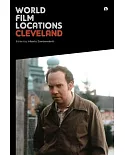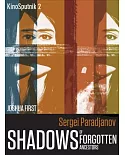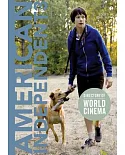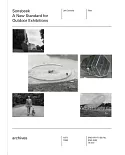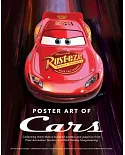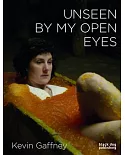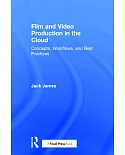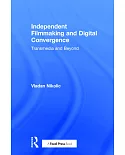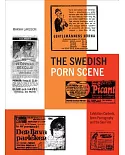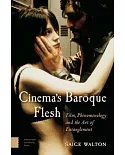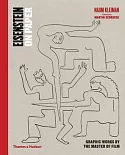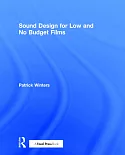"Mosaic Space and Mosaic Auteurs" constructs a model of mosaic, which extends our focus beyond narrative strategy, to approach the trend of diverse multi-strand films across genres, nations and
filmmaking contexts since the late 1980s. Different from investigation of this recurring global phenomenon from perspectives of spectator engagement, narratology, cognitive understanding and
socio-political messages, proposed by film scholars, the model of mosaic helps establish the intertwining relationship between narrative, aesthetics, transnational production, and distribution
modes - and in the framework of contextualised geopolitical spaces. Mosaic space in the world of cinema is hence interwoven through a variety of cinematic means, ranging from narrative to
camerawork, framing, and mise-en-scene. As the transnational auteurs in question draw talents, resources, and subject matters from a wide range of geopolitical spaces along their
border-crossing journeys, their films juxtapose diverse spatial configurations. The study terms these auteurs ’mosaic auteurs’, the assembled film space ’mosaic space’, and the multi-strand
narrative ’mosaic narrative’, in order to stress the transversing nature of mosaic. In fact, ’mosaic’ is a spatial metaphor which puts emphasis on the visual image of spaces and links space,
narrative, and authorship into a multidimensional model of spatial compilation. It is a mosaic which gathers, groups, juxtaposes, and re-arranges spaces, offering a reading of mosaic beyond an
exclusive focus on narrative. Yun-hua Chen studied linguistics and film studies in Taiwan, France, and Scotland, and obtained her PhD degree in Film Studies at the University of St. Andrews
(Scotland) in 2011. She writes both academic articles and film reviews, in English, Chinese and German. Her articles can be found in the "Directory of World Cinema: China", and the "Journal of
Chinese Cinemas", among others.

